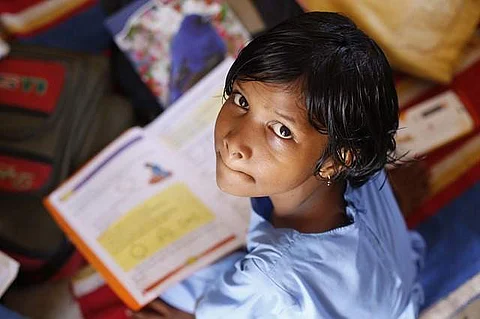

To become Aatmanirbhar is the aim. The Prime Minister set the goal and the nation followed. But what does India really need to focus on to be self-reliant? With the unlock passes opening up manufacturing and services, the economy will probably get out of the negative growth path but what are the sectors the government needs to invest in to get the country out of the -23.9 per cent growth rate? Education and health infrastructure are the first in line, said Dr Anil K Sood, Professor and Co-Founder of The Institute for Advanced Studies in Complex Choices, Hyderabad.
While the government has been propagating the Aatmanirbhar Bharat campaign, they have also invited foreign players to set up base in India. This makes it a bit confusing, said Dr Sood. "When you play your political and economic narratives at the same time, you would be confusing things. Attmanirbhar Bharat is more of a political narrative. The government at the same time is not investing to create the capability to be self-reliant. If they do not invest in sectors like education, healthcare or sanitation, the country's human capital index will remain poor," said Dr Sood. "The disadvantage of encouraging private investment (in public goods) is that cost of production is the public sector will always be higher as compared to the expected return. If I am investing in a school, college or a hospital, my expected return is anywhere between 15 to 18 per cent. But the same money if the government borrows and invests, the expected return is 6 to 7 per cent as that is the cost of borrowing. Unless there is an efficient gain or quality gain is provided by the private sector to fill this gap of 10 per cent there is no point in getting private investment. It only increases the cost without really getting anything back," he added.
The current challenge for India is not to orchestrate a revival but to get back the growth potential, said the professor. "Our ability to grow had been compromised even before the pandemic — we have been slowing down for the past two years. During the pandemic, our ability to grow has almost collapsed. The growth has to start from the individual level, then to the MSMEs which is the backbone of our economy. If the individuals and MSMEs are losing their capital, the country's growth is automatically compromised. Our focus has to be on earnings of the households and support the MSMEs with capital over the next two years. The government is not doing enough there," he added.
This is really the opportunity that the Prime Minister was talking about. The right time to invest in public sectors. "Over the past few years, we have increased private participation in education and health. But in the past six years, investment has only grown 5 per cent which just about beats the inflation but there has been no real increase," said Dr Sood. "This is a good time for the government to invest in education and healthcare. These are short-term investments which are also labour intensive and provides for both the blue-collar and white-collar jobs — from teachers to doctors to support staff," he added.
